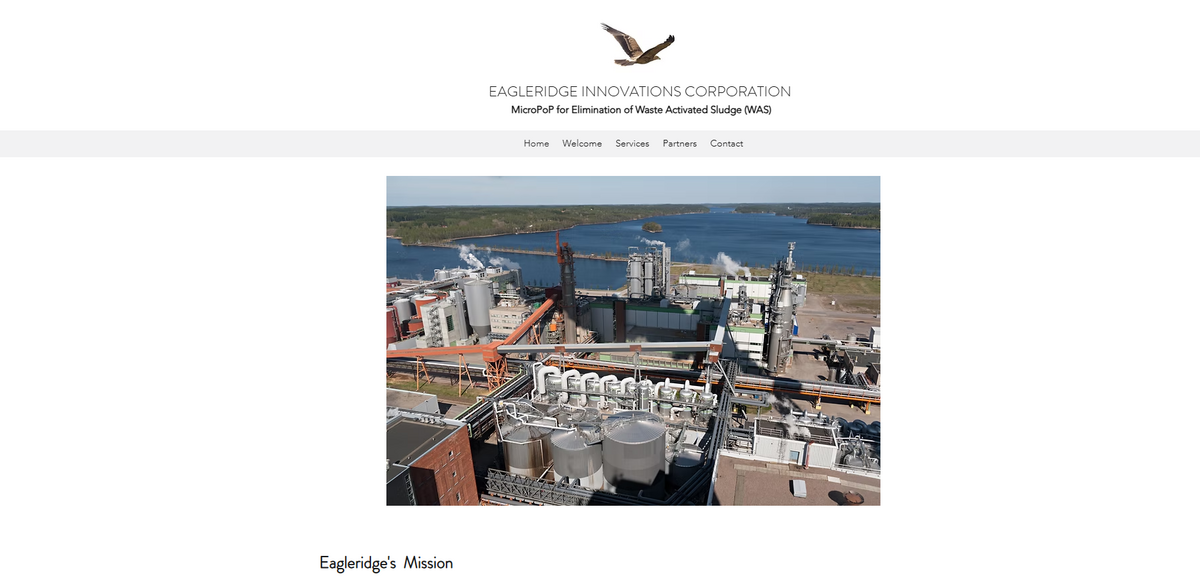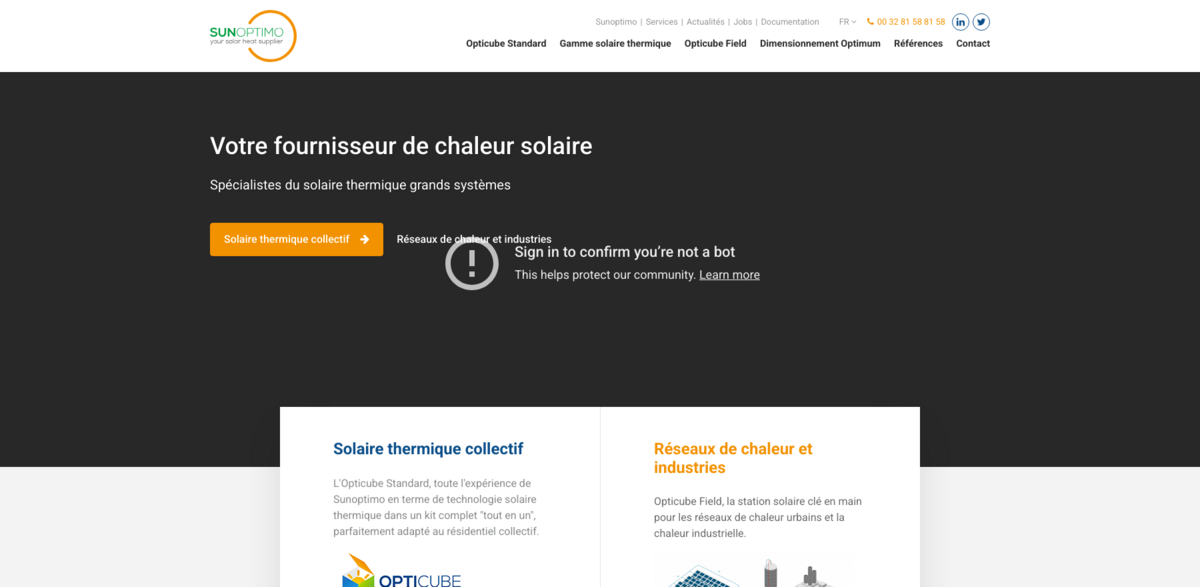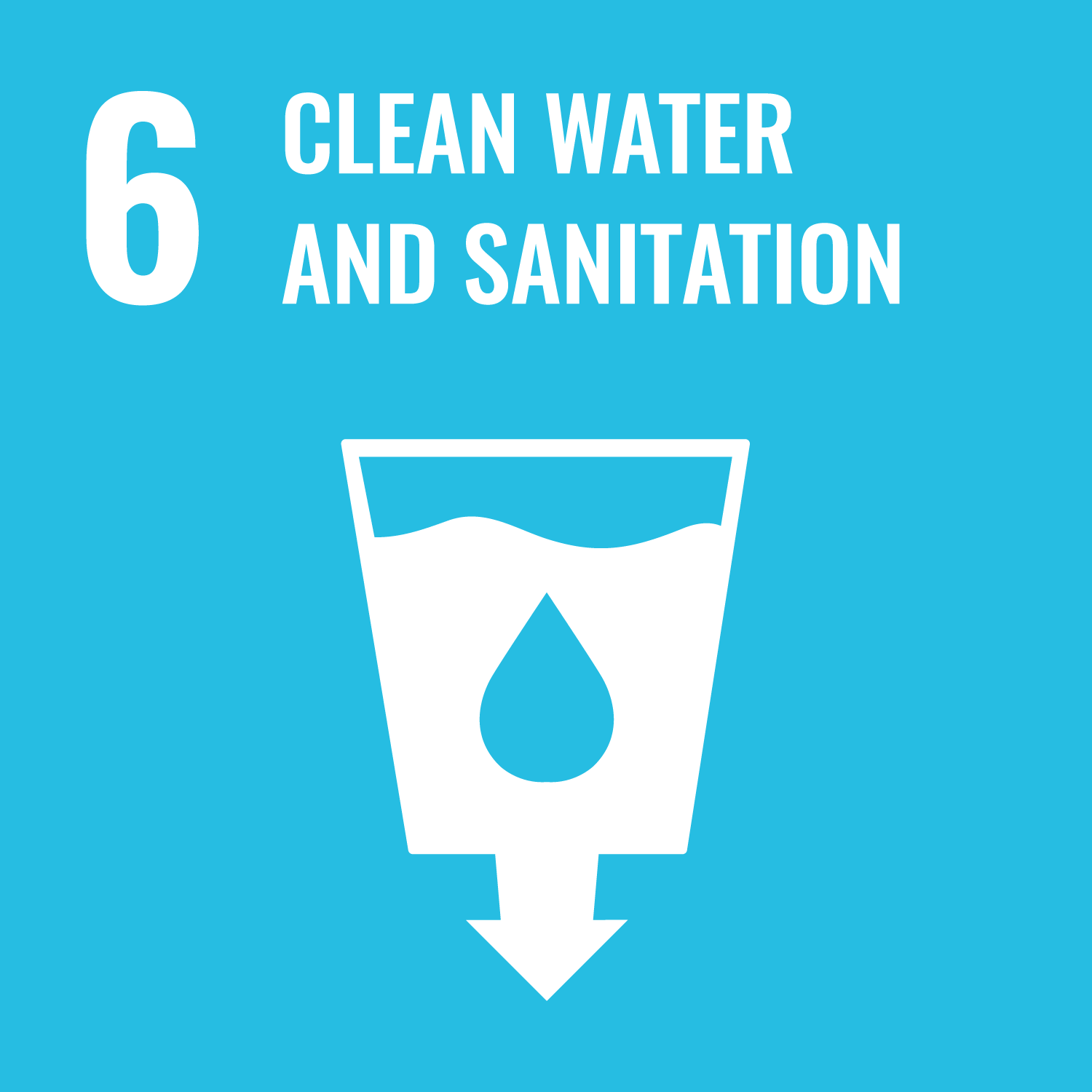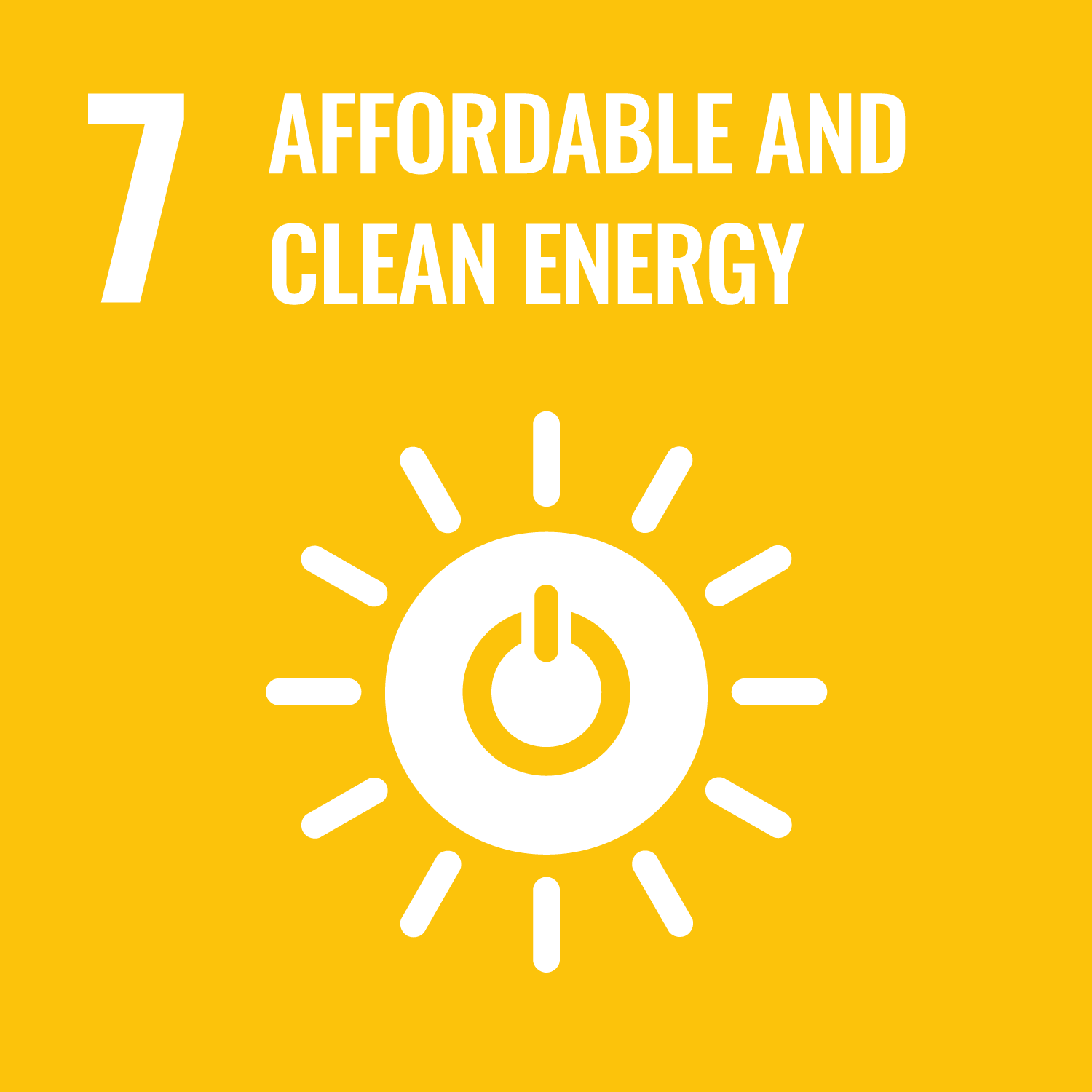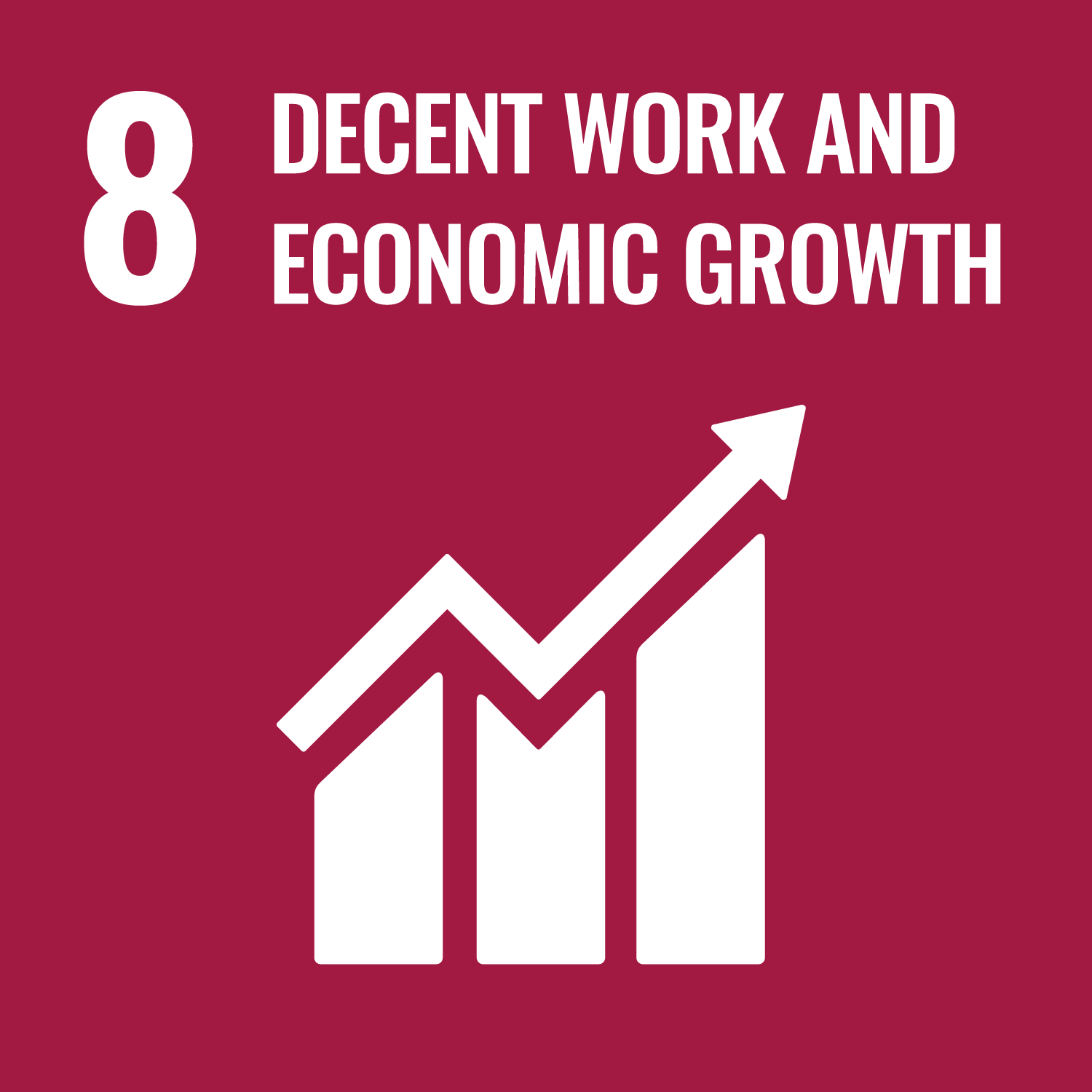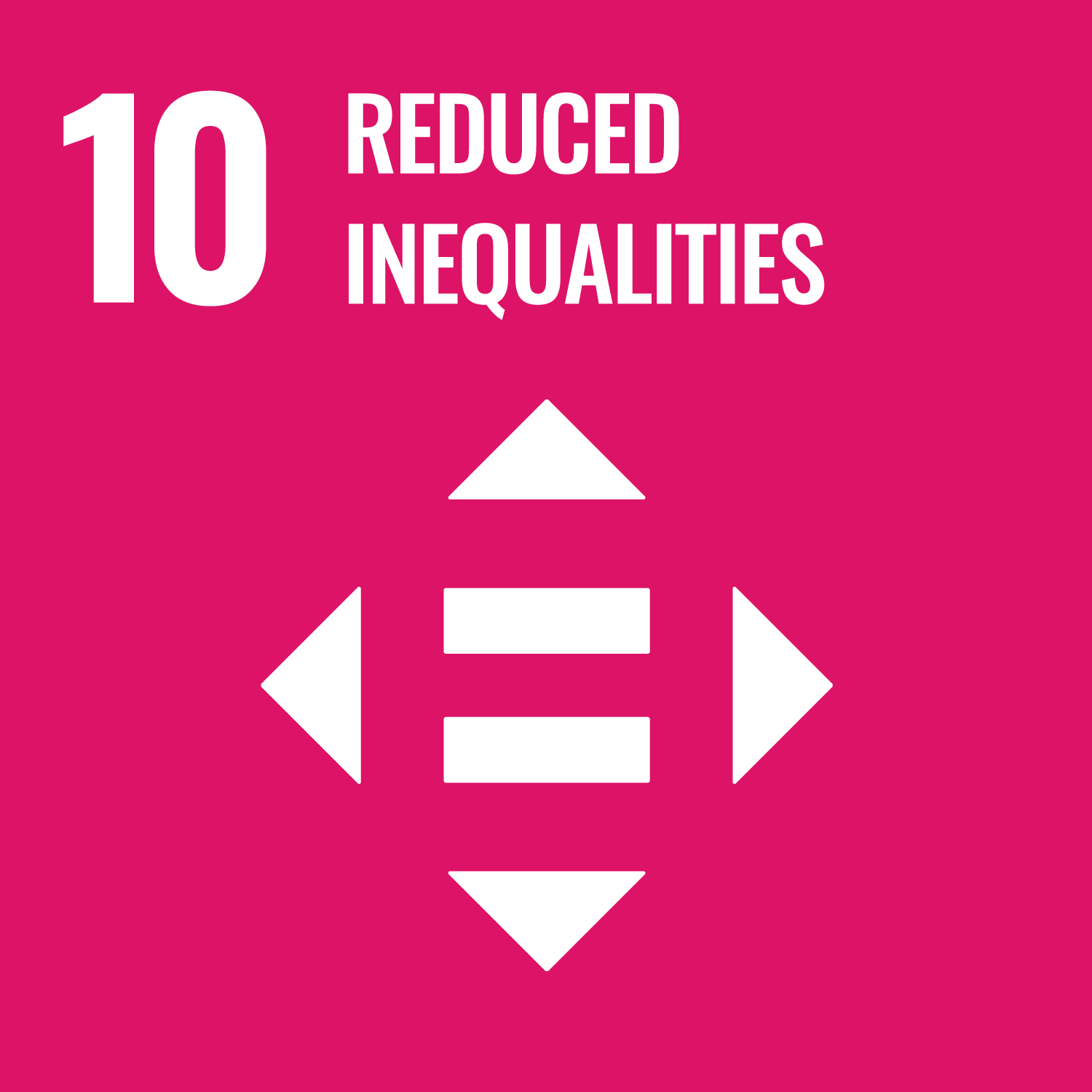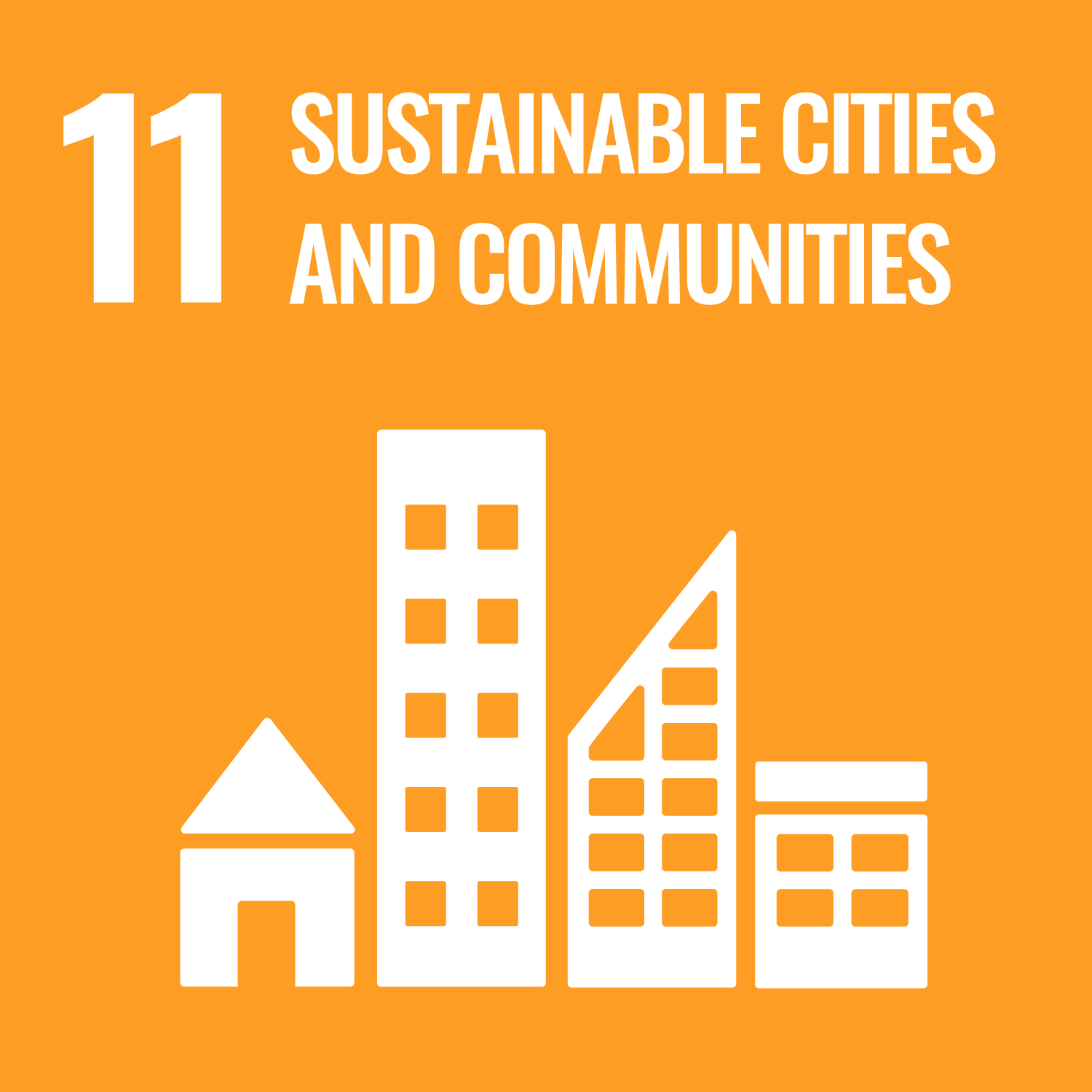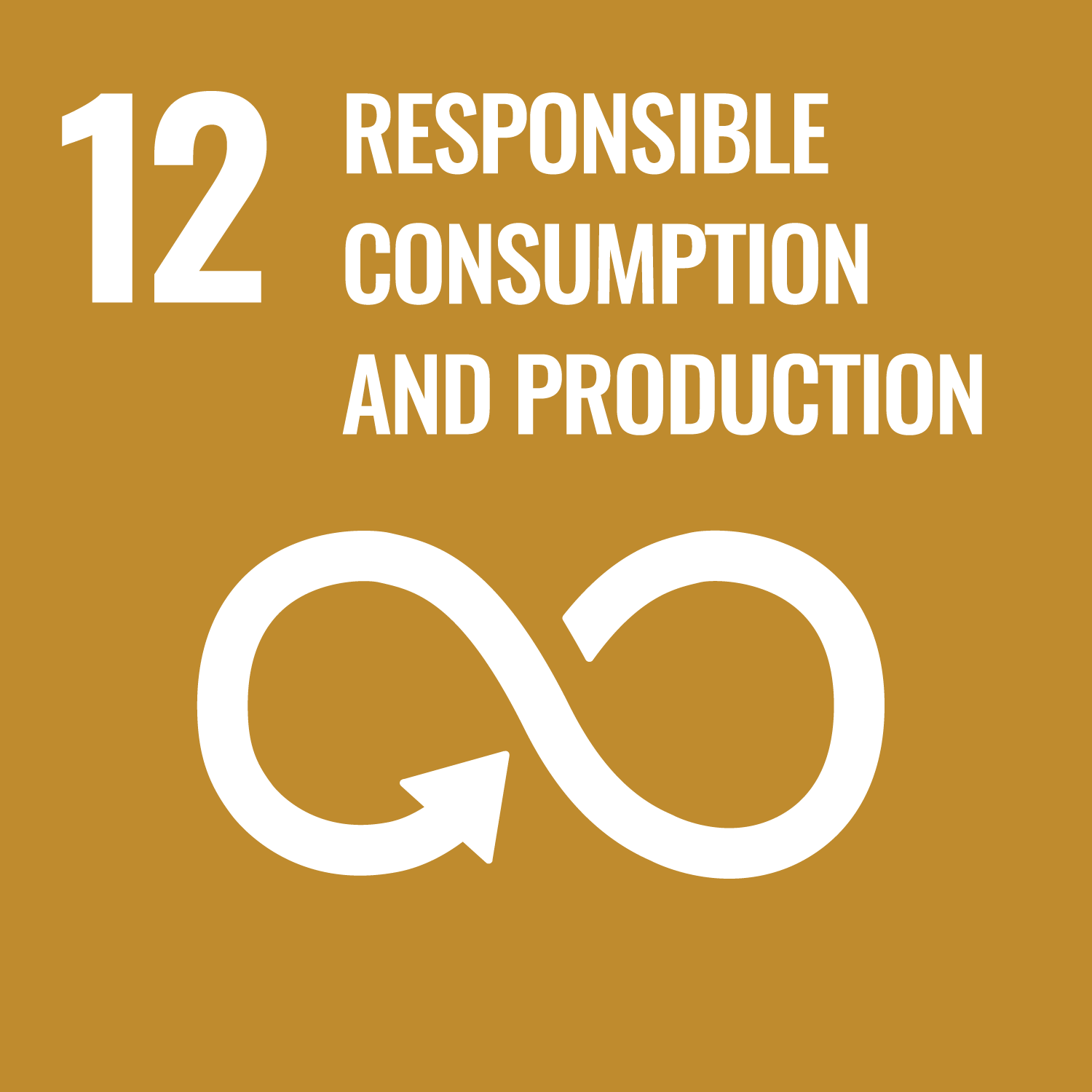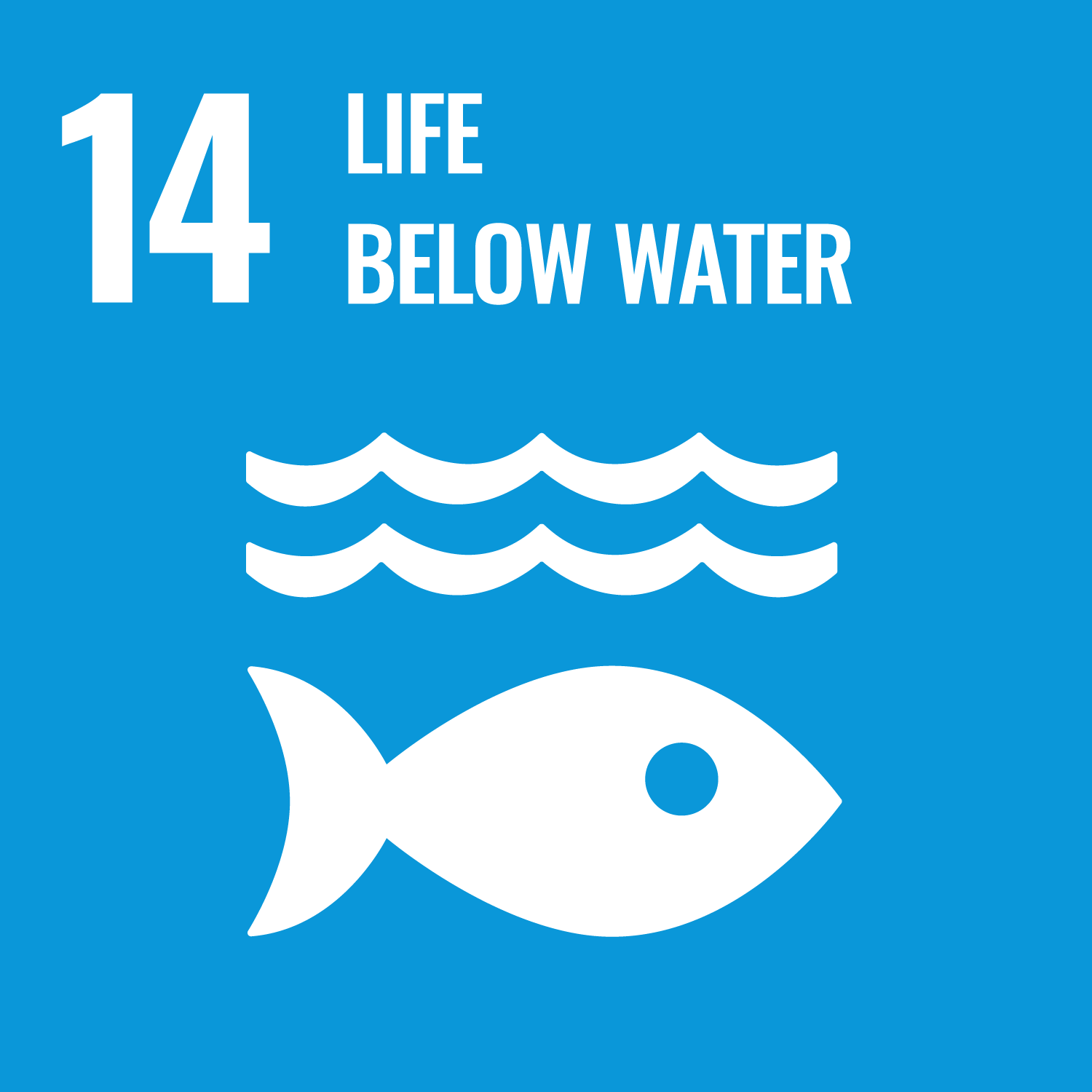What is MicroPoP Technology?
Eagleridge Innovations Corporation has developed the MicroPoP technology—designed for the elimination of Waste Activated Sludge (WAS)—to help address global wastewater treatment challenges. The innovative process is based on the simple principle that bacteria readily metabolize liquids, not solids. By using high-pressure homogenization methods, MicroPoP effectively lyses the bacteria in the WAS, transforming them into a readily available, liquified food source for the remaining microbes. This technology can be integrated seamlessly into existing systems at municipal wastewater treatment plants and in industries such as pulp and paper, oil refining, food and beverage, and meat processing… offering a straightforward and sustainable solution.
Main Benefits of the MicroPoP Approach
Key advantages of MicroPoP are highlighted by several impressive figures and facts:
- Cost savings: Operating and disposal costs are reduced by eliminating solids handling and dewatering polymers.
- GHG reduction: The process lessens the environmental impact by minimizing greenhouse gas emissions.
- Increased biogas production: Up to 2X biogas can be generated from the anaerobic digestion of WAS—ideal for Renewable Natural Gas (RNG) or cogeneration CHP projects.
- Resource recovery: Nutrient recovery modules for phosphorus (MagPi) and nitrogen (Misty) produce usable fertilizer.
- Enhanced facility capacity: The technology can triple the throughput capacity of existing anaerobic digestion systems.
Innovative Wastewater Treatment
The MicroPoP technology proves its worth by effectively destroying waste microbial sludge directly at the point of production. It fits into existing systems by processing the WAS emerging from secondary clarifiers on a continuous basis. Whether applied in an aerobic system or an anaerobic one, the approach eliminates the sludge without the need for additional chemicals or disposal methods. This natural and low-cost method delivers large cost savings to smaller facilities reaching into the hundreds of thousands per year, and for larger facilities, the savings can be in the millions—always with the additional benefit of reduced environmental footprints.
Technical Validation and History
MicroPoP’s origins stem from the earlier MicroSludge technology, a cell lysing innovation de-risked over 14 years with approximately $28 million invested prior to 2014. Demonstrated successfully at municipal plants and a $6 million three-year pilot in the pulp and paper industry, MicroPoP was improved dramatically during these tests. Even after a challenging transition when the predecessor company entered receivership in 2014, Eagleridge acquired the valuable assets in 2015 and continued on the journey to commercial viability. Patents in the USA (2015 and 2017) and the EU (2022) have since cemented its standing, with additional trade secrets protecting this advanced process. It is, indeed, a testament to both persistence and innovation.
Collaborative Process and Integration
Every industrial facility is a unique ecosystem, where subtle adjustments can have cascading effects. MicroPoP’s approach begins with a thorough process review and technology applicability assessment tailored to each facility—even including collaboration with the client’s preferred process engineering firm. The assessment estimates cost savings, increased biogas production, GHG reduction, and other benefits in a detailed business case. Such comprehensive evaluations ensure that the integration is incremental and reversible, minimizing risk while aiming for optimal performance.
Technological Partnerships and Synergy
The MicroPoP project thrives on collaboration. Not only is the technology enhanced with the synergistic nutrient recovery modules MagPi and Misty, but it also benefits from partnering with industry leaders like Muddy River Technologies. These modules allow for the effective removal of phosphorus and nitrogen, releasing nutrients locked within microbial cells and converting them into valuable fertilizer. Various partnerships, academic associations, and global recognition—from being highlighted on the Water Environment Research Foundation website to accolades from international challenges—underscore the broad interest in this pioneering solution. Such synergy demonstrates the potential for transformative impact on the global wastewater treatment industry.
Project Impact on Sustainability Goals
- SDG 6 – Clean Water and Sanitation: Through improved wastewater treatment and sludge elimination, water quality is enhanced.
- SDG 7 – Affordable and Clean Energy: Up to double the biogas production supports renewable energy projects.
- SDG 9 – Industry, Innovation, and Infrastructure: Innovative technology integration bolsters industrial efficiency and infrastructure sustainability.
- SDG 11 – Sustainable Cities and Communities: Waste reduction and resource recovery contribute to smarter urban management.
- SDG 13 – Climate Action: Reduced reliance on chemical polymers and lower GHG emissions help combat climate change.
Looking Forward in the Global Water Treatment Space
The journey of MicroPoP illustrates a powerful blend of technical innovation and environmental stewardship. With continued improvements, enhanced ancillary equipment systems, and successful integration of nutrient recovery, the technology stands at the cusp of transforming wastewater treatment worldwide. Recent recognitions—such as being considered a top contender among Canadian innovators and winning spots in global challenges—highlight the potential for significant market disruptions and widespread adoption. In a dynamic, ever-evolving environmental landscape, MicroPoP is poised to play a key role in addressing wastewater treatment challenges, setting a new standard in cost-effective and sustainable practices… and inspiring further innovations in the emerging field.

